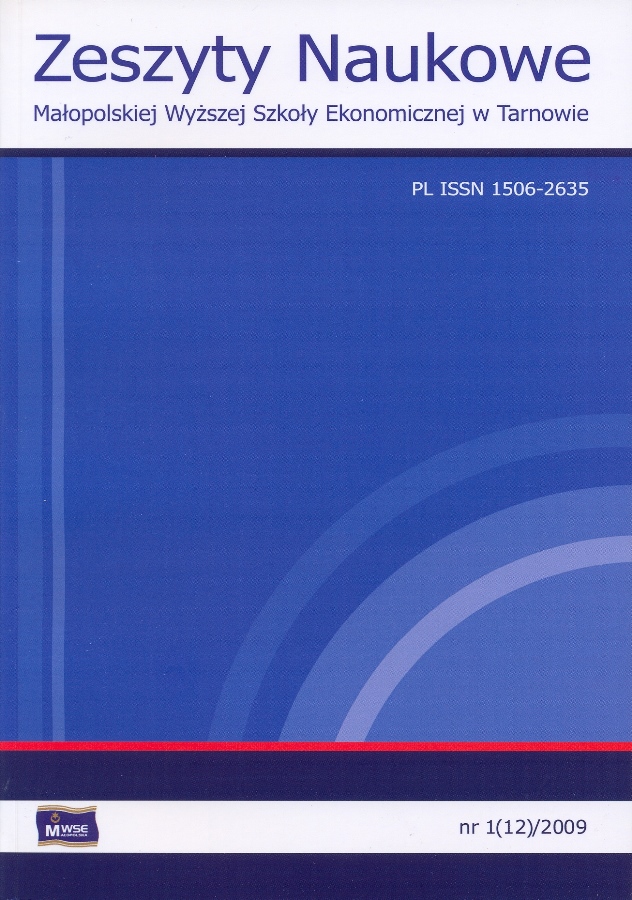Abstract
Comparative method is the one used while evaluating estate, which depends on comparing the estate being evaluated with similar real estate, which was the subject of sale transaction. The comparison is performed in respect to estate features. A property appraiser, in the process of estate evaluation, identifies himself in a way with a potential, average purchaser of real estate and tries to evaluate it, taking into account its features and influence on the real estate price and in the end on its value. The present article is a description of an analysis done by the „DOMUSS” Real Estate Special Interest Group of Tarnów real estate market in regard to preferences of its participants that refer to the estate features influencing its value. While doing the research it has been assumed, that respondents are willing to pay higher price for the estate that includes features pointed by them as relevant. It has also been recognized that the importance of a certain feature, when making a decision accepting a selling price level, is proportional to the frequency of indicating that feature by the respondents. The results of the research including this assumption allow to put in order a group of features and their influence on the value of vacant real estate, developed real estate with a single-family housing and other establishments.
References
Małecki Z. i in. (oprac.). 2002. Standardy zawodowe rzeczoznawców majątkowych. Wyd. 8 poszerz. Warszawa: Polska Federacja Stowarzyszeń Rzeczoznawców Majątkowych. ISBN 83-903892-7-4.
View in Google Scholar
Prystupa M. 2003. Wycena nieruchomości przy zastosowaniu podejścia porównawczego. Warszawa: Polska Federacja Stowarzyszeń Rzeczoznawców Majątkowych. ISBN 83-916304-4-7
View in Google Scholar
© Copyright by Małopolska School of Economics in Tarnów. The articles are available under the Creative Commons Attribution NonCommercial-NoDerivatives 4.0 International License


